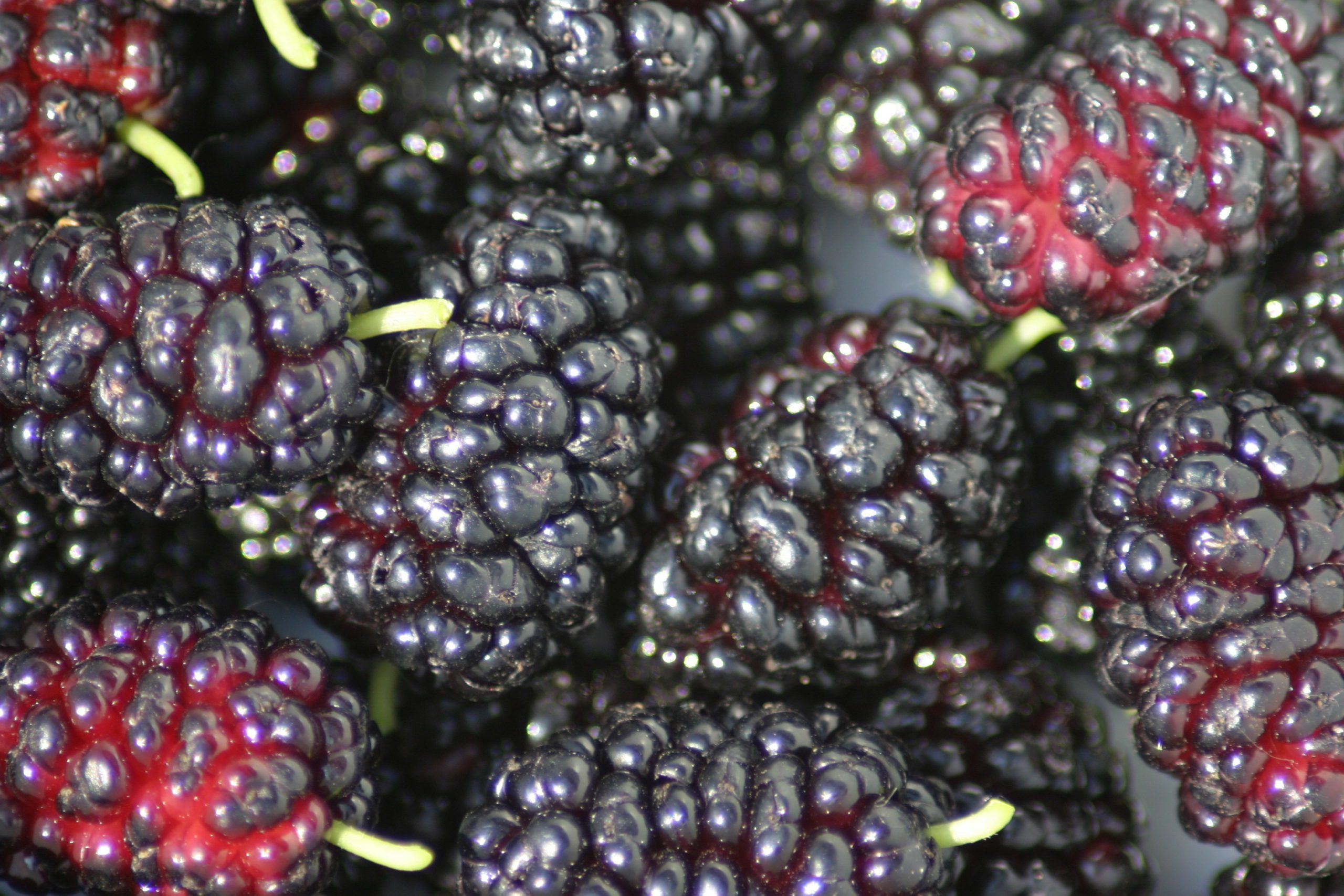
Firstly, introducing Auscrops, a wonderful market vending company bridging farmers and customers together through market vendors. Click here to find out more about mulberry as well fruit and vegetable offers.
Mulberry – All too Know
Mulberries are a popular fruit that can be found in many countries around the world. They have a unique, sweet taste that makes them a favorite among many people. But what else do you need to know about this delicious fruit? Let’s take a look at some of the information and facts surrounding mulberries.
Types of Mulberry Trees
There are two main types of mulberry trees, which are the white mulberry (Morus alba) and the black mulberry (Morus nigra). The white mulberry native to China but introduced to many other countries including Europe, North America, and Australia. The black mulberry is native to western Asia and parts of Europe but has also been introduced to other parts of the world including the United States. Both types of trees grow well in full sun and can reach heights up to 15 feet tall.
Nutritional Facts
Mulberries are low in calories but high in important nutrients such as Vitamin C, Vitamin K, Iron, Manganese, Potassium, Copper, Magnesium, Calcium, and Phosphorous. They also contain dietary fiber which helps keep you full for longer after eating them. In addition to these nutrients they also contain antioxidants which help protect your cells from damage caused by free radicals.
Uses
Mulberries eaten raw or cooked into dishes like pies or jams. Also dried or frozen for use later on. In addition to used in food items also used as an ingredient in skincare products due to their antioxidant content. Often used as decorations due to their vibrant colors and unique shapes when dried out.
Conclusion:
Overall there is much more than meets the eye when it comes to mulberries! Not only do they taste great but also packed with essential vitamins and minerals that can help boost your health if eaten regularly.
Click here to read similar articles.
 Français
Français 











